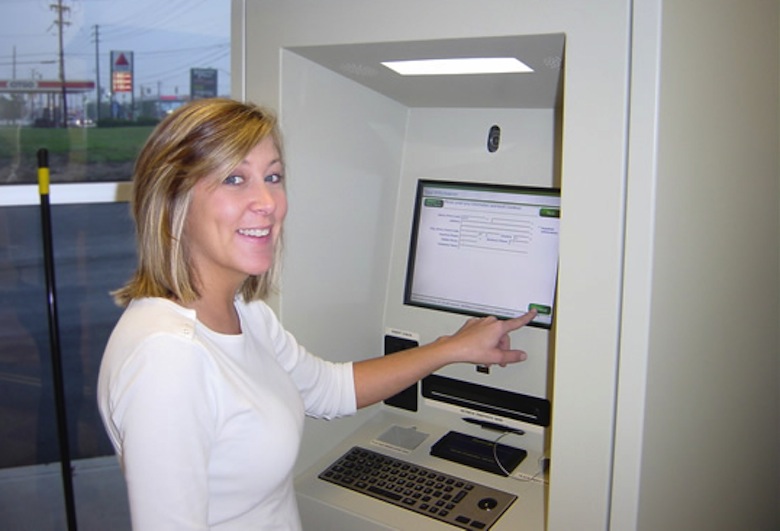Like any other business initiative, implementation and deployment of self-service kiosks requires owner’s commitment, strategic planning, proper management and willingness to change the way things are run. If done carefully and correctly, the initiative will yield the expected positive results. For you to achieve the success accompanied by the successful deployment of self-storage kiosks there are four major steps that need to be followed carefully. These are:
1. Make the right choice of kiosk for your business: Self-storage kiosks come in different models and each type has its different level of functionality. As much as all models of self-service kiosks can process payments, access gate codes, allow customers to complete reservations, it is very important to make considerations to know exactly what model you need for your business. The major consideration you, as an organization, should make are:
i. The location that kiosk will be installed.
ii. The desired level of functionality.
iii. The amount of money you are willing to spend on implementation and deployment of the kiosk. There are self-storage kiosks that are designed to be outdoor models and others are designed to be indoor models. Based on the choice of location that you intend to install your kiosk, you can narrow the choices of the features and functionalities that you desire.
2. Installing your kiosk: Location is a very critical consideration to make when installing your self-storage kiosk. It ought to be close to traffic especially around the entrance of the major shopping malls, restaurants, etc. The kiosk area should be well lit with a clear sign which would make it easy for the tenants to see that he can rent a unit and move in immediately. Quite often, outdoor kiosks are built to withstand normal weather conditions but consumers may not withstand the weather conditions, As you deploy your kiosk, you should ensure that the customers are protected from unfavorable weather. Self-storage kiosks require internet and local area wireless (WIFI) maybe unreliable but there is an alternative of cellular data cards.
3. Integrating the kiosk into your operation: When integrating a kiosk, some of the major areas of self-storage operation that need reviewing are:
i. Property management software which links your kiosk with your property management software.
ii. Staff training Implementation of kiosks makes your staff feel like their duties are being diluted. It is very important to train your staff to understand the purpose which will be played by the new tool, as well as learn how to go about it.
iii. Maintenance This is vital to be checked regularly, maintenance includes checking the system is running properly, to ensure the printer does not run out of papers, etc.
4. Implementation of the best practices: always make sure that prospective and current customers know of the investment you have made and how it is bound to improve their experience. To ensure that this information reaches all your clients, you should post the updated information on your website as well as in the newsletters. To put you ahead of your competitors, you should create a video explaining how to use the kiosk. To get the highest ROI, you need to manage, properly plan and be willing to change the way you operate.
To ensure that you follow the above four steps of deploying your kiosk, you should engage an experienced Kiosk designer who will advise, as well as design the best kiosk for you that will match the benefits and needs of your organization.


